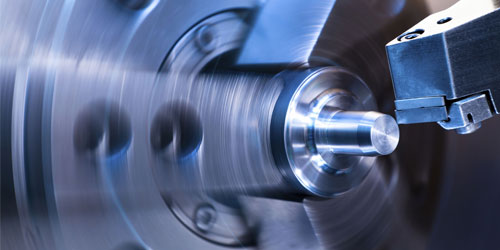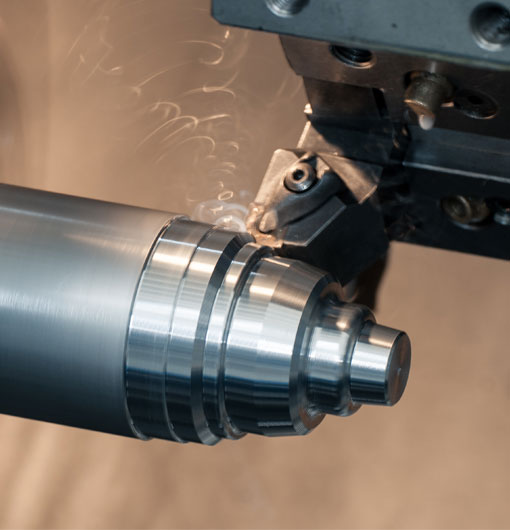Introduction
Entering the world of CNC (Computer Numerical Control) turning can seem daunting at first, especially if you're new to the field. But worry not, in this blog post, we will shed light on the principles behind CNC turning programs and guide you through a step-by-step process to create them.
Section 1: Understanding CNC Turning
CNC turning is an advanced machining process that employs computer-controlled tools to develop precise components with intricate details. With CNC turning, you can create workpieces with a myriad of shapes and sizes using various materials such as metals, plastics, and wood.
Section 2: Components of a CNC Turning Program
A CNC turning program consists of different codes that represent instructions that guide the machine to execute specific actions accurately. Some crucial components of a CNC turning program are:
1. G-Code: These codes instruct the tool about its motion or operations, such as linear interpolation, circular interpolation, or tool change.
2. M-Code: They control miscellaneous functions in the machine, such as coolant on/off, spindle rotation direction, and clamping.
3. F and S Commands: They depict feed rate and spindle speed, respectively, which helps maintain a constant chip load on the cutting tool.
4. T-Code: This set of codes denotes tool selection for a specific operation.
5. N-Codes: These are sequence numbers that help identify and organize different lines or segments of the program.
Section 3: Tips on Developing a CNC Turning Program
Before diving into the intricate details of programming, keep the following tips in mind to create a robust and efficient CNC turning program:
1. Develop a clear understanding of CNC machine language and G\&M codes.
2. Familiarize yourself with the machine*s capabilities and limitations.
3. Keep track of the cutter compensation in programs to anticipate tool wear and maintain accuracy.
4. Always test and verify your programs using a CAM (Computer-Aided Manufacturing) software to minimize costly mistakes and errors.
5. Keep the safety of operators and the machine in mind when planning the program.
Section 4: Step-by-Step Guide to Creating a CNC Turning Program
Now that you have a clear understanding of the components and tips, let's walk through the process of creating a CNC turning program:
1. Define the Workpiece:Before inputting any code, obtain the blueprint of the workpiece and get all the necessary measurements such as dimensions, tolerances, and material specifications.
2. Select the Cutting Tool:Based on the material to be machined and the desired finish, choose the appropriate cutting tool. Keep in mind that the CNC machine has a limited number of tool slots, so plan the tool sequence accordingly.
3. Assign Tool Numbers:Assign a unique T-code number for each cutting tool to be used in the program.
4. Set Up the Workpiece Coordinate System (WCS):Define the origin of the workpiece (known as the Part Zero) and establish the coordinate system for the program.
5. Develop a Process Plan:Map out the sequence of operations to be performed on the workpiece, considering tool changes, spindle rotation direction, and other auxiliary functions.
6. Generate Program Code:Translate the process plan into G\&M codes compatible with the CNC machine language. Use the codes to define tool motions and operations, feed rates, spindle speeds, and other machine instructions.
7. Test and Verify the Program:Use a CAM software to simulate the execution of the program and make sure there are no errors, collisions, or issues.
8. Optimize the Program:After successful simulation, make necessary adjustments to refine the program and improve its efficiency.
Section 5: Additional Resources
To further enhance your knowledge and expertise in CNC turning programs, consider exploring the following resources:
1. Local technical schools or community colleges offering CNC programming courses
2. Online, self-paced courses available on platforms such as Coursera or Udemy
3. Books specifically written about CNC turning and programming
4. Periodicals, trade journals, and forums related to the CNC machining industry
Armed with the principles and step-by-step guide to creating a CNC turning program, you're well on your way to becoming a skilled CNC programmer. As you venture into practice, remember that patience, focus, and a willingness to learn are essential aspects of excelling in this field. Happy programming!
turning program in cnc













